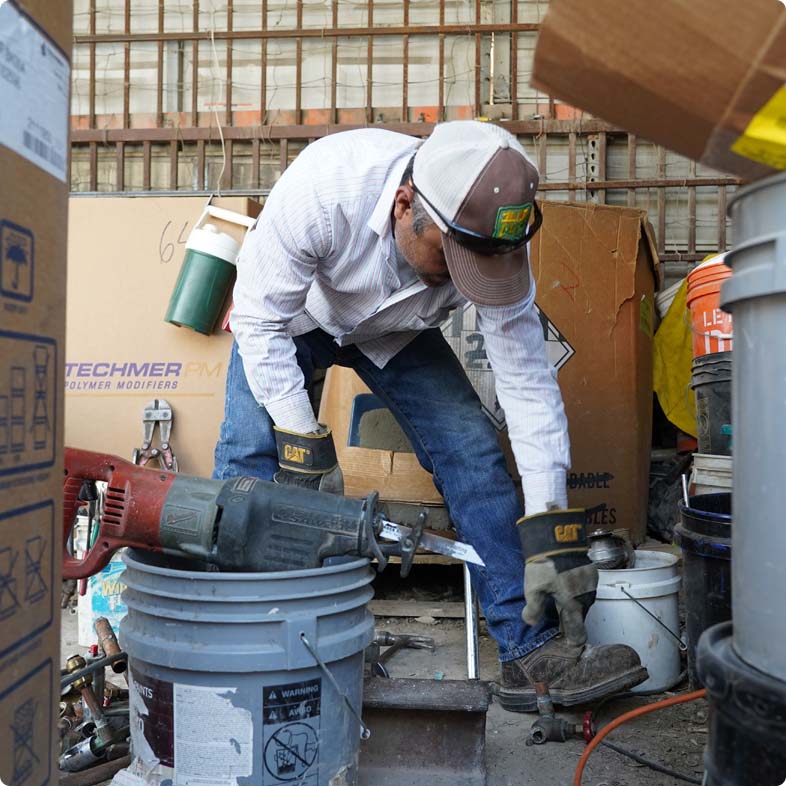Scrap Copper Prices in Texas
When someone thinks of scrap copper, they likely picture small, insignificant bits of metal that can be tossed in the trash. This is far from the truth! Scrap copper is a massive factor in the recycling industry, generating substantial revenue for a wide range of businesses while aiding environmental stewardship. Numerous industries, from construction companies and electrical contractors to manufacturing plants and telecommunications firms, accumulate significant quantities of this precious metal that can be traded for cash. Understanding scrap copper prices can be confusing, so today we’ll explain what influences them and how to maximize returns.
The Importance of Copper Recycling
Copper has the longest recycling history of any material ever. Since it is infinitely recyclable (meaning it can be recycled repeatedly without losing its properties), recycling copper is environmentally and economically vital.
On the environmental side, recycling copper reduces landfill waste, conserves valuable natural resources, and minimizes the energy consumption associated with mining, processing, and shipping new copper. Experts estimate that two-thirds of the 690 million tons of copper produced in the last 100 years remain in productive use. We want to continue to keep this going, as this, in turn, decreases greenhouse gas emissions and lessens the environmental footprint of copper production.
On the economic side, copper recycling helps to maintain a circular economy. Local recycling aids in the creation of local jobs in the recycling and manufacturing sectors while also providing local businesses with a cheaper source for raw materials. Plus, those who recycle can earn extra cash to feed back into their businesses and the local economy. Overall, copper recycling provides a flood of benefits.
Factors Influencing Scrap Copper Prices
Now, you may wonder, “Why are there no standard scrap copper prices?” That is because the prices fluctuate daily due to a variety of influences.
The primary factor behind scrap copper prices is supply and demand dynamics across various industries. Just like we learned in intro economics, the higher supply but low demand equates to lower prices, whereas low supply and high demand equals higher prices. For example, scrap copper is typically in higher demand during the summer, as that is when construction companies are their busiest, but then it slows down in the winter as their projects slow down, too.
Beyond simple supply-and-demand factors, global factors contribute to scrap copper prices. Internationally, trade relationships, especially with major scrap metal importers, significantly influence prices due to fluctuations in global demand. Additionally, when virgin copper prices go up, scrap copper prices typically do as well.
Lastly, there is the condition of the copper itself. There are four different grades of copper, with each one representing a different value. To learn more, check out our blog on the Types of Copper Recycling.
How Community Recycling Supports Copper Recycling
Community Recycling supports our local residents and businesses in Plano, Texas, with their recycling needs. When it comes to copper recycling, we accept Bare Bright Copper, #1 Copper, and #2 Copper, as well as copper/aluminum radiators, copper/brass mixed, and copper flashing. To check on scrap copper prices for the day, all you have to do is give us a call or show up for updated pricing.
Are you ready to aid your environment, boost your local economy, and put cash back into your wallet? Contact us or come by for a visit!
YOUR PLANO WHOLESALE SCRAP METAL COMPANY

WHAT CAN COMMUNITY RECYCLING DO FOR YOU? Learn More About the Items We Accept